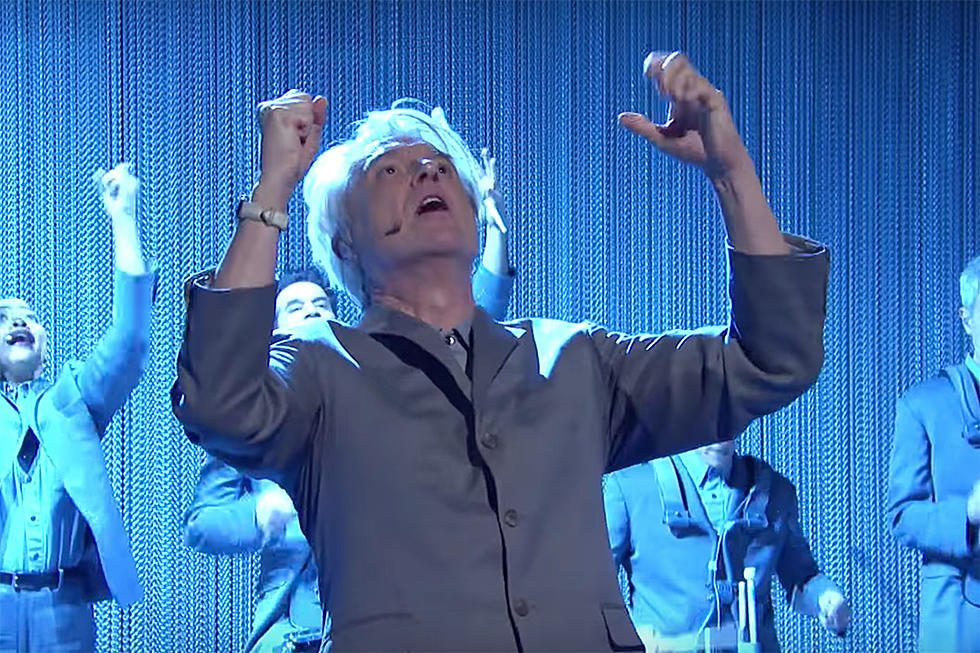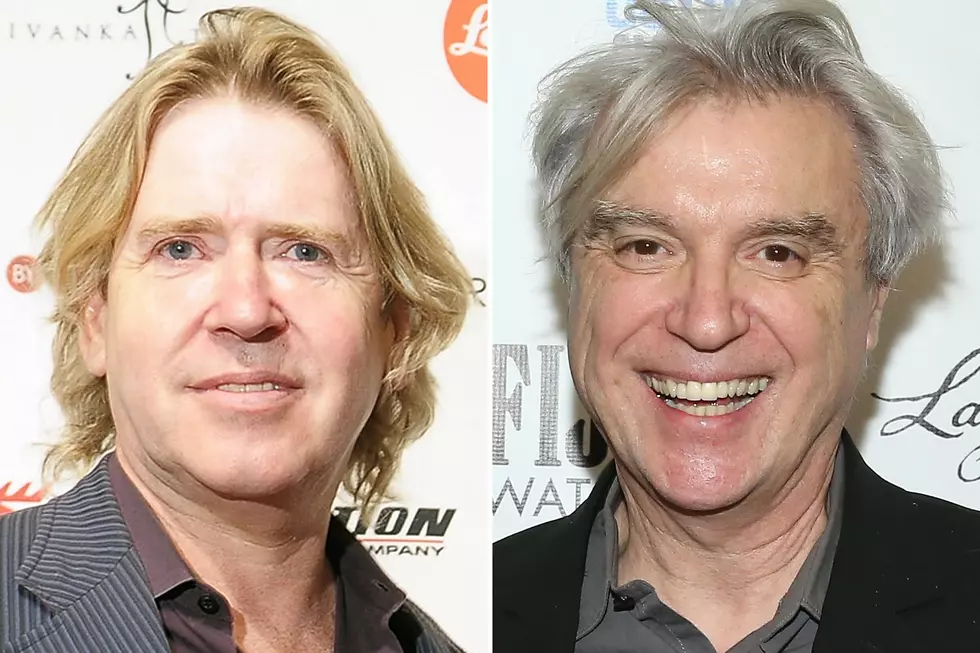
The Story of Talking Heads’ Live Debut at CBGB
The underground New York music scene during the '70s is the stuff of legend. Those few people who were present for this tiny bit of musical history all seem to sing a refrain of "You just had to be there!" and we do wish we could pop into a time machine and make it so. Among what we'd most like to witness are the first shows Talking Heads ever played at the legendary rock club CBGB – which happened in June 1975.
Talking Heads started as a music project formed in 1974 by three art students: David Byrne, Tina Weymouth and Chris Frantz when Byrne and Frantz played in a trio called the Artistics. Frantz's girlfriend, Weymouth, was around much of the time and often drove the band to their gigs. When the Artistics dissolved, Frantz convinced Weymouth to learn how to play bass so she could accompany them.
Byrne said in an interview on Marc Maron's podcast, WTF, that it took them a while to settle on the name Talking Heads. Before that, he would change the band's name constantly, painting the different names on cardboard circles to put on Frantz's bass drum. They settled on Talking Heads after seeing the phrase in an issue of TV Guide.
After writing some songs, they began playing in front of audiences and making a name for themselves. The first song to ever make any waves for the group was the first song they wrote together, "Psycho Killer." They performed it during their first show, opening for the Ramones. You can see the trio performing when they were still a rough, underdeveloped act in videos like this one (with introduction by Seymour Stein of Sire Records) from the 2011 documentary, Talking Heads: Chronology:
Talking Heads had the ability to write impressive, catchy songs, but they hadn't yet coalesced into a tight-knit group of musicians. And Byrne had yet to find his personal groove and adopt the frenetic, herky-jerky stage persona on display in the concert film Stop Making Sense.
While the trio began making some waves in the New York music scene as soon as they appeared, it wasn't until they added a fourth member, Jerry Harrison, in 1976 that they really began to find their voice as a group. They were fans of Harrison during his time playing in the Modern Lovers. Byrne said in his interview with Maron that Harrison was reluctant to join a new band because "his heart was broken" after Jonathan Richman disbanded the Modern Lovers in 1973.
The inclusion of Harrison opened new doors for Talking Heads: he could play guitar, keyboards and sing backing vocals. Soon after he joined, they signed a deal with Sire Records. From there, the Talking Heads quickly rose to super-stardom. Their first three albums earned them enough attention to get their foot in the door, then they became the next big thing in 1980 with the release of their fourth album, Remain in Light.
From that point on, small clubs like CBGB's wouldn't be able to contain the sorts of crowds to which Talking Heads would be performing. When they made their debut with their expanded lineup to play Remain in Light, the audience was 70,000 people strong. Not too bad for a band that started as a small group of art students from Rhode Island.
The 50 Most Influential Alternative Musicians of the 21st Century
More From Diffuser.fm









